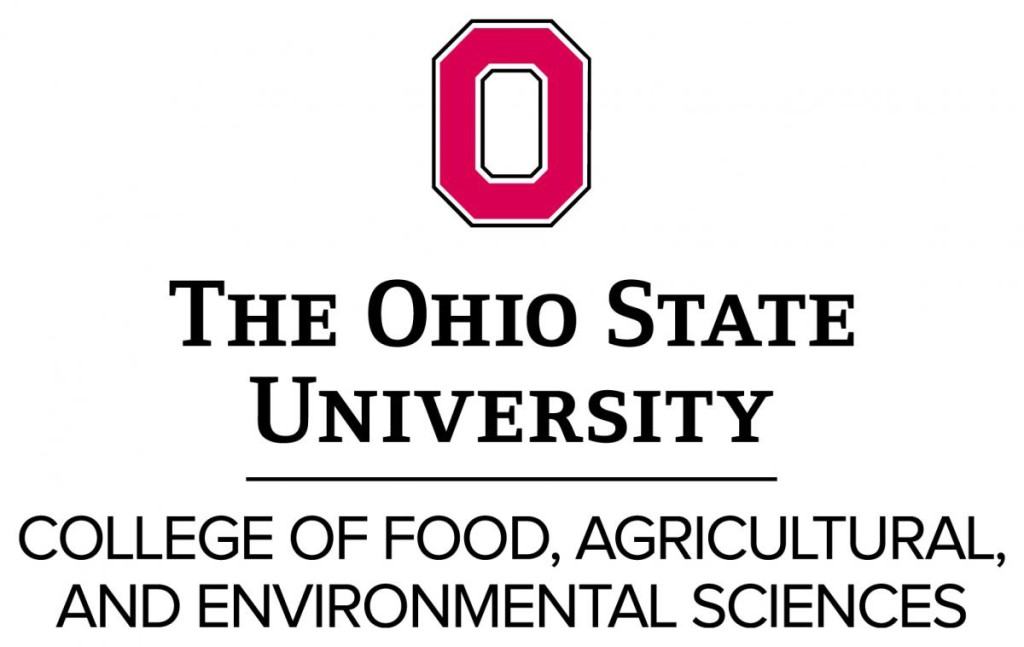By: Peggy Kirk Hall, Thursday, June 15th, 2017
Written by: Chris Hogan, Law Fellow, OSU Agricultural & Resource Law Program
A new Ohio law affects farmers that plan to use certain utility vehicles this planting season, including Gators, Mules and other utility vehicles with a bed designed to transport cargo. The new law is part of the 2018-2019 transportation budget, formally known as House Bill 26. HB 26, which goes into effect on June 30, 2017, permits vehicles to travel on any public road or right of way—other than a freeway, when travelling from one farm field to another for agricultural purposes.
Under HB 26, utility vehicles are now expressly required to display a triangular Slow-Moving Vehicle (SMV) emblem. Previously, it was up to local law enforcement to interpret the law and decide whether a utility vehicle should have a SMV. The new law also clearly allows utility vehicles to travel on public roads between farm fields, whereas the old law required farmers to know whether the county or township allowed utility vehicles on the road. Utility vehicle operators can read more about the old law in our previous blog post on APVs, ATVs, and four-wheelers here.
What Qualifies as a “Utility Vehicle?”
Farmers should be aware that this law only covers what it defines as “utility vehicles.” This means that the law only applies to vehicles designed with a bed, for transporting material or cargo related to agricultural activities. Not all ATVs and APVs will be included in this definition.
The law is good news for farmers who plan to use utility vehicles this season. If farmers plan to use a utility vehicle on the farm, they should know the following before taking the vehicle out:
In order to use a utility vehicle on a public road, a driver must be traveling from one farm field to another farm field for agricultural purposes.
Utility vehicle drivers must display a SMV on any utility vehicle used on a public road as it travels between farm fields.
Ohio Revised Code Section 5589.10 prohibits the placement of earth, mud, manure, or other injurious materials on a public highway. Therefore, farmers should avoid leaving such debris in the roadway or clean up the roadway if a utility vehicle leaves mud behind.
More information on HB 26 is here, under Sec. 4511.216 on page 328 of the bill.
